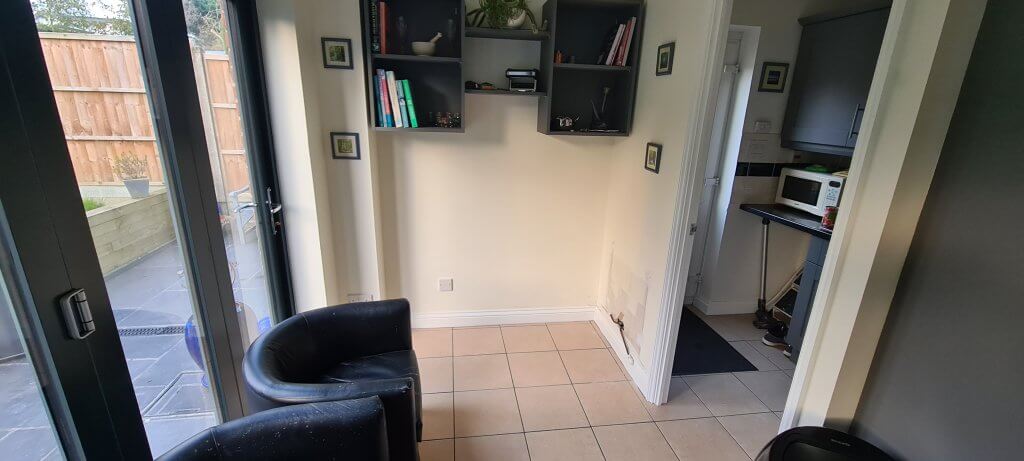The Early Years
During the early days of the computer era, which can be traced back to the 1960s and 1970s, the property industry underwent a gradual transformation with the integration of computers. While the technology was not as advanced as today, the introduction of computers brought notable changes to various aspects of the property sector.
Because computers in use back then were pretty much made-up of mainframe and mini-computer systems they were really only used for data storage and very rudimentary property database systems, transactional finance systems for tracking and reporting purposes and some simplistic use of Geographic Information Systems (GIS) which was in its infancy then.
In the 1980’s and 1990’s
The “Era of Excess” and the “Post Cold-War Decade” that was the 80’s and 90’s saw the development and adoption of property management software. These applications were designed to streamline tasks such as rent collection, lease management, maintenance scheduling, and accounting. Property managers could now use dedicated software to handle daily operations more efficiently.
Accounting software became more sophisticated during this period, allowing real estate professionals to perform complex financial analyses. The 1980’s also marked the rise of desktop publishing software, Computer-Aided Design (CAD) that allowed architects to design and model complex structures, Customer Relationship Management (CRM) helping real estate professionals manage client relationships more effectively, email communication between professional services and clients, on-line property systems providing a digital space for property buyers, sellers, and agents.
Overall, the 1980s and 1990s marked a period of significant technological advancement in the property industry, as computers and software applications became integral tools for various real estate functions. These developments laid the groundwork for the more sophisticated and interconnected digital ecosystem we observe in today’s property market.
The Noughties to Present Day
Computers have redefined the property search and listing process. Real estate websites and platforms powered by sophisticated algorithms enable users to browse through extensive property databases,filtering results based on specific criteria and viewing virual tours.
Virtual Reality (VR) and Augmented Reality (AR) have transformed the way we envisage property developments bringing to life the finshed product before its even built. This also provides seemless integration with Architectural CAD and 3D Modeling packages incorporating Building Information Modelling (BIM) from external suppliers such as furniture and electronic systems manufacturers. LiDAR sensors are being used to place objects in augmented reality scenes and also for mapping out rooms and structures when doing 3D mapping and modelling.
Legal and documentation aspects of property transactions have been significantly expedited through computerization. Electronic signatures, digital contracts, and secure document storage systems enhance the speed and security of transactions while reducing the reliance on physical paperwork. Blockchain technology is being considered by the HM Land Registry for use with land registry transactions.
Many property professionals carry around laptops, tablets and folding types of surface computer filled with loads of high specification technology to facilitate the operation of their day to day job using some of the applications outlined above with high resolution cameras, touch screens, LiDAR scanners, bluetooth connectivity, rugged cases and much more. PC companies like A10 Computers of Buntingford are able to supply, setup and support competitively priced refurbished desktop, laptop and tablet computers to meet the exacting requirements of the property business community.
As the property industry continues to evolve, the integration of computers and advanced technologies has become pivotal for professionals aiming to stay ahead of the curve. From simplifying administrative tasks to enhancing client experiences, computers have woven a digital tapestry that underpins the efficiency and dynamism of the property sector. Embracing these technological advancements not only empowers professionals but also enriches the overall property experience for buyers, sellers, and investors alike. The digital frontier has indeed become the driving force behind the modernization and transformation of the property industry.




